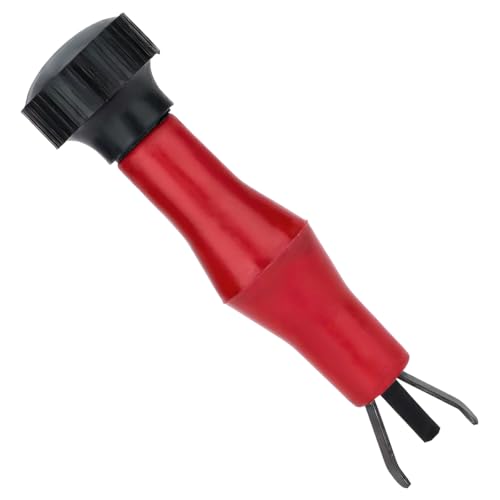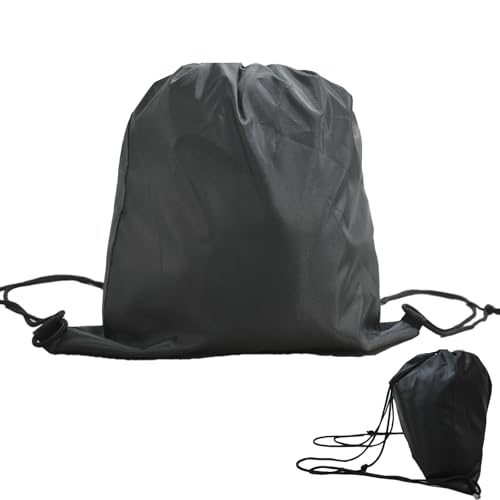

now that my double secret probation suspension is over.....


conwest, a couple of things to keep in mind before proceding with the discussion....
We are talking about spark ignited gasoline engines here. I'm not sure what syntax around the term
pre-ignition is being confused with something chemists or refinery engineers or others might use in their jargon, but, in the world of engine engineers
pre-ignition means the mixture is ignited (somehow) before the spark ignited it normally. Read any text on the subject and the answer is the same...."Taylor and Taylor" has a good discussion of it in their engineering manuals.
Pre-ignition, to engine engineers, does not mean that the mixture just spontaneously combusted nor does it refer to the end gas in the chamber auto-igniting due to heat and pressure.
Pre-ignition refers to an abnormal combustion event that happens before the spark plug arcs and ignites the mixture normally.
Your earlier comments are confusing to me as to exactly what you are trying to prove....i.e...the guy with the "knock" that was fixed by changing to premium fuel".
Understand that no one can hear pre-ignition. Pre-ignition is silent. If someone heard a "knock" then they heard detonation. Detonation happens
AFTER the spark ignites the mixture normally and detonation makes noise. If a knock is heard and premium fuel eliminated it then that is EXACTLY what I was expressing in the earlier posts. Higher octane fuel resists detonation more and will prevent detonation in most ordinary cases thus eliminating the knocking noise. Higher octane fuel has no effect on pre-ignition, however. What you described in your example is detonation, not pre-ignition.
Detonation makes noise often described as knocking or pinging. It is the extremely high pressure spike "ringing" or exciting the walls of the combustion chamber. Much like a hammer striking the head. Pre-ignition has no such extreme pressure rise, thus it makes no noise. No one can ever hear pre-ignition. That is why pre-ignition is so insidious. The piston mysteriously has a hole in it suddenly with no noise and no warning. That is pre-ignition, not detonation, and increasing the fuel octane rating has no effect on pre-ignition itself. Pre-ignition does end up with very very high (abnormally high) pressures in the combustion chamber but the pressure occurs thru normal burn of the mixture, albeit ignited earlier than normal, while the piston is well before top dead center. So, the piston is trying to compress expanding, very hot gases apres combustion has started which causes the damage. But no sudden, extremely sharp spike in pressure, like with detonation, to cause the ringing noise.
For making best power/efficiency the fuel/air mixture is almost always ignited before top dead center while the piston is moving upward, still, toward top dead center. As an example, an engine at full throttle and 6000 RPM might need 25 to 35 degrees of "spark advance" to make best power.....that means the spark is ignited 25 to 35 degrees before the piston reaches top dead center. This is necessary because an operating spark igntion engine is always a compromise between the ideal gas laws and mechanical necessity. The piston is going to move up and down at a rate prescribed by the geometry of the engine and cylinder. This rate will change with RPM. The mixture is going to burn and expand at a rate prescribed by the ideal gas laws. This could change with fuels, turbulence in the chamber, etc. Those two phenomenon do not necessarily overlap perfectly so compromise is necessary. If the mixture could "explode" or burn all at once then it might be fine to ignite it at TDC or thereabouts. It doesn't. It burns at a rate and thus takes time to finish the burn. The ideal thing is to find the conditions where the pressure in the chamber increases to the max at the prime moment to take maximum mechanical advantage acting on the piston/rod/crank. Thus spark advance is necessary.
The fuel is going to burn at a rate best described or quantified by time. The amount of "time" the piston is in a specific spot, however, is governed by the RPM of the engine further confusing the issue.
This has been studied for over a century and one thing has remained constant: location of peak pressure. The "location of peak pressure" in the chamber is always desired to be 14-15 degrees AFTER TOP DEAD CENTER. Depending on the burn rate of the fuel and the chamber and the speed and load of the engine the spark advance to obtain this is all over the map....but.....when it is right the location of peak pressure will always be at 14-15 degrees after top dead center.
If one were to look at the pressure in the chamber during a compression/power stroke one would see the pressure start to rise dramatically just before top dead center, increase dramatically until about 14 degrees after top dead center and then drop significantly as the piston moves down the bore. If detonation occurs, one would see a significant, sudden spike in the pressure imposed on the normal pressure curve. If pre-ignition had occured, one would see the pressure rise dramatically in the chamber WELL before top dead center with the location of peak pressure occuring at or before top dead center.
BTW...I am not making any of this up. You can read any college text book on combustion and get the same info. It isn't my idea or opinion....just my summation of the facts.
More later????
































































